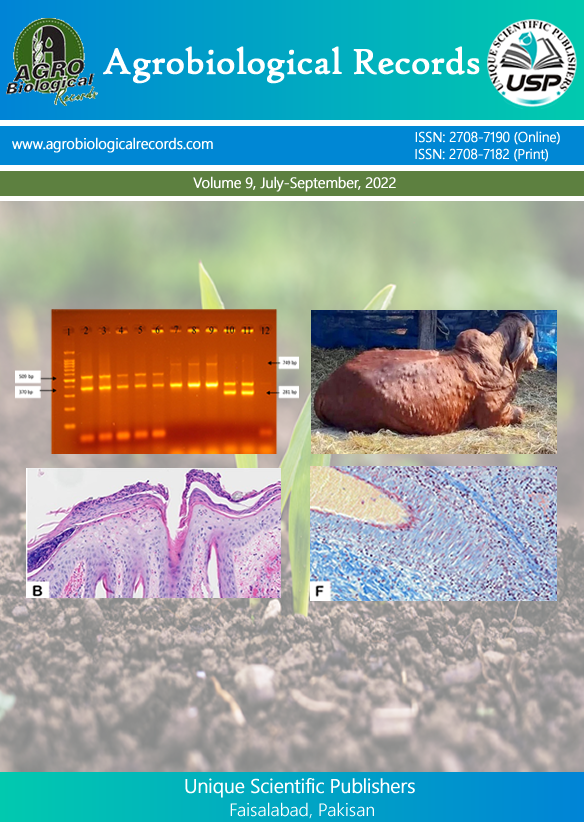
Zahid Manzoor 1,*, Umbreen Shahzad2, Muhammad Sheeraz Qadir3, Muhammad Shah Jahan2, Zeshan Hassan2, Iqra Parveen2, Muhammad Shakeel Nawaz3, Ahsan Raza3, Zeba Shahnaz4, Memoona Bibi4, Uzma Aslam4, Iqra Khalid4, Shahid Nadeem4, Muhammad Yasir Khan4 and Misbah Ghulam Rasool5
1National Key Laboratory of Crop Genetic Improvement, College of Plant Science and Technology, Huazhong Agricultural University, Wuhan, China 2College of Agriculture, University of Layyah, Pakistan 3Ayub Agriculture Research Institute, Vegetable Research Station Karor, Layyah, Pakistan 4Department of Plant Breeding and Genetics, Faculty of Agriculture, University of Agriculture, Faisalabad, Pakistan 5Department of Botany, University of Agriculture Faisalabad, Pakistan
*Corresponding author: zahidmanzoor041@gmail.com
Crop improvement has been both a vital goal and a challenge for humans since the advent of modern cultivation. Farmers and breeders have long sought to produce higher yields of food; therefore, they initially focused on selecting the most productive plants. They always adopted high-yielding crops and discarded the other types, resulting in a loss of genetic diversity. Developing breeding programs and utilizing crop genetic resources enabled the achievement of sustainable goals in food production and the maintenance of increased genetic diversity in various gene banks. Modern plant breeding has introduced methods to generate diversity in crop germplasm, and these newly formed types can also be conserved alongside parent lines, landraces, or wild types. In this review, we focus on discussing the utilization and conservation of crop genetic resources through the application of modern breeding tools and conservation strategies.